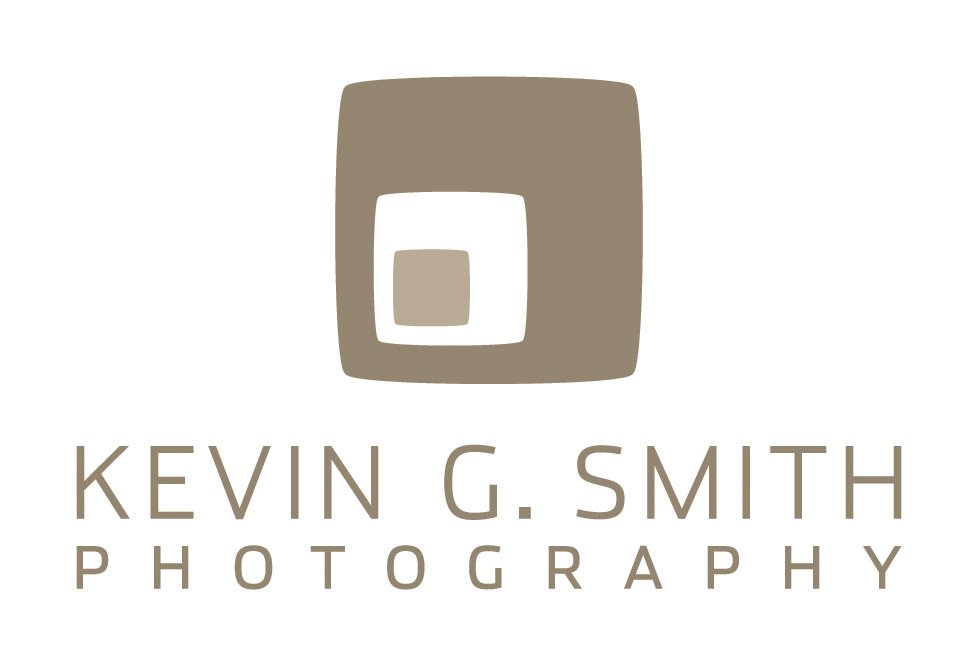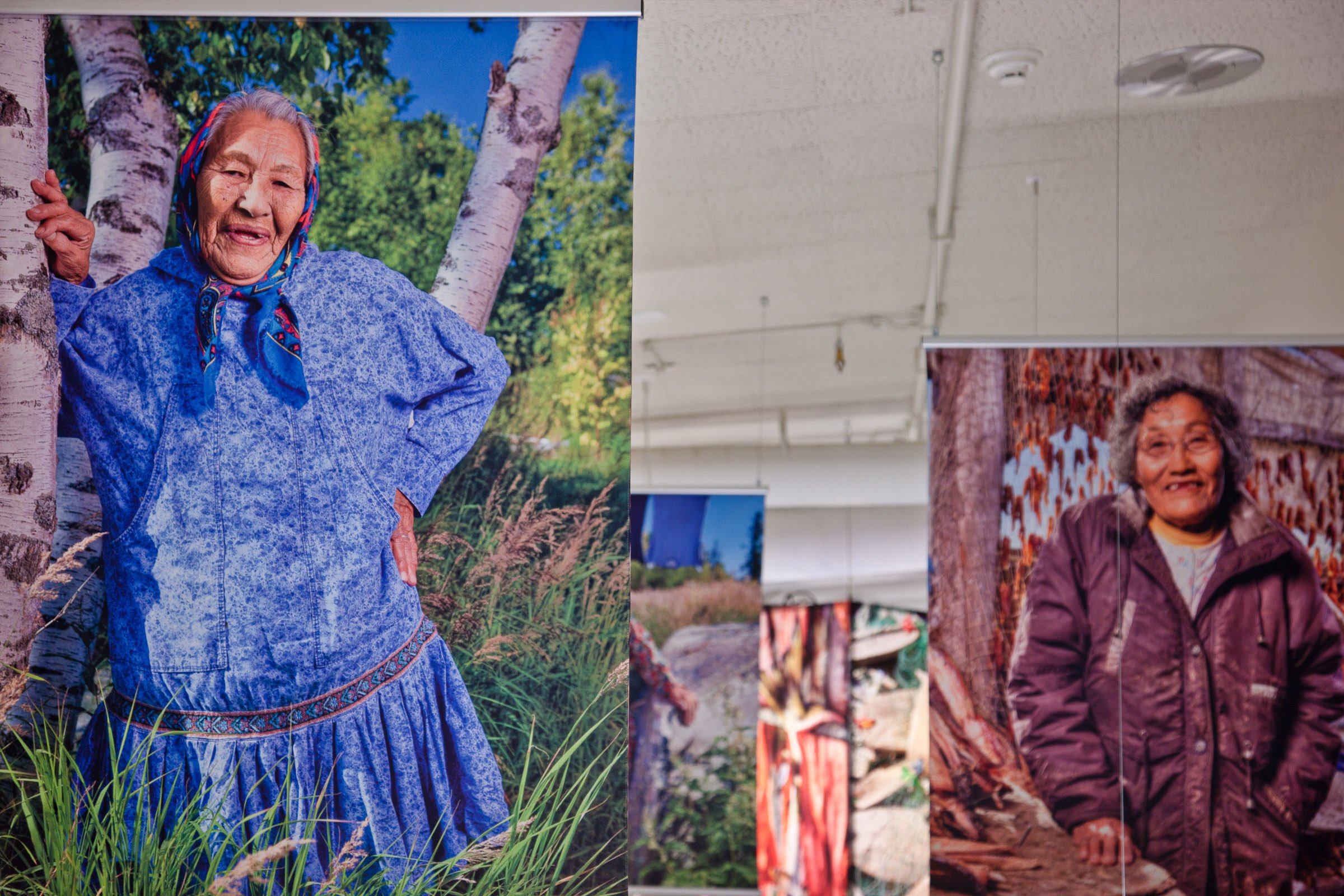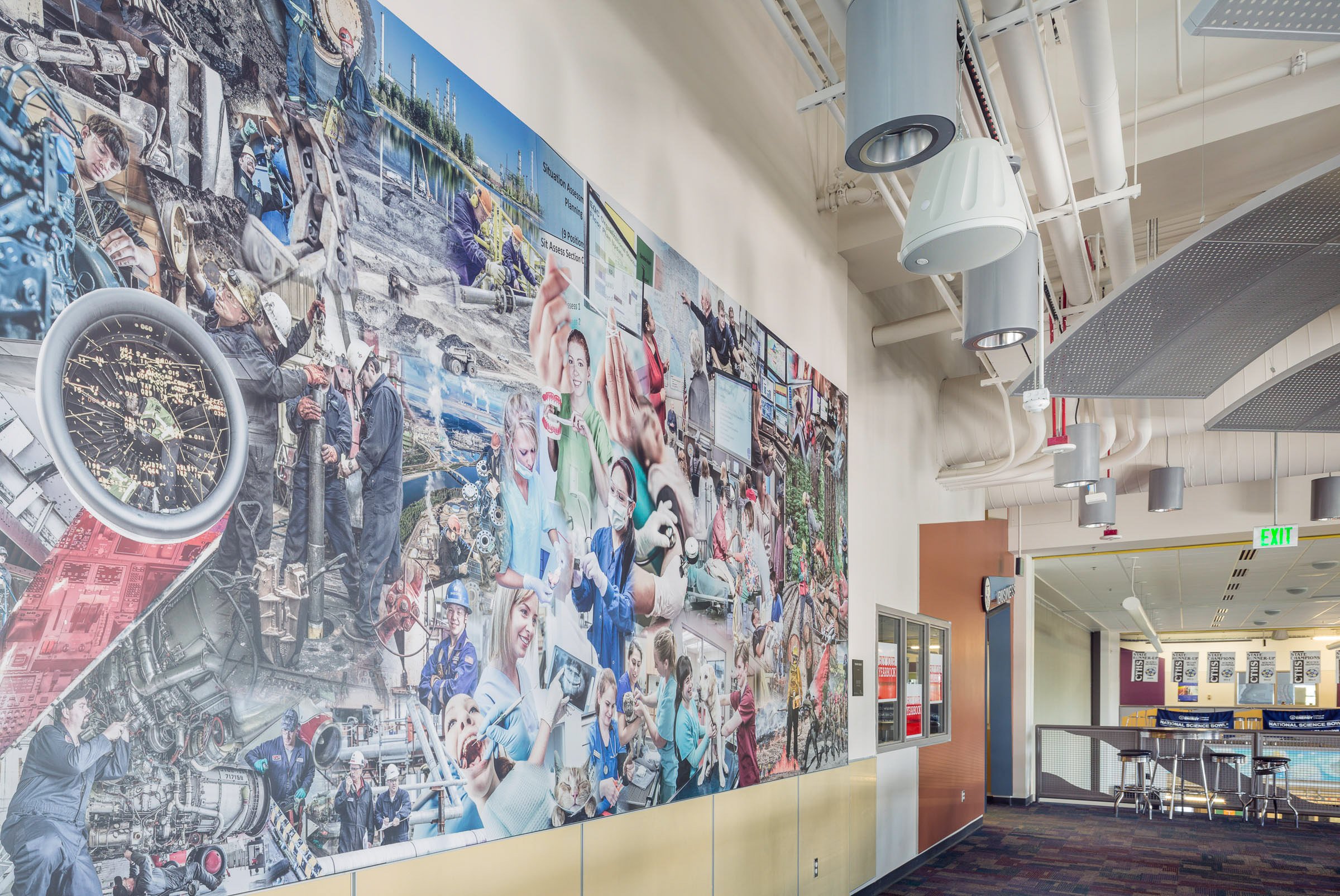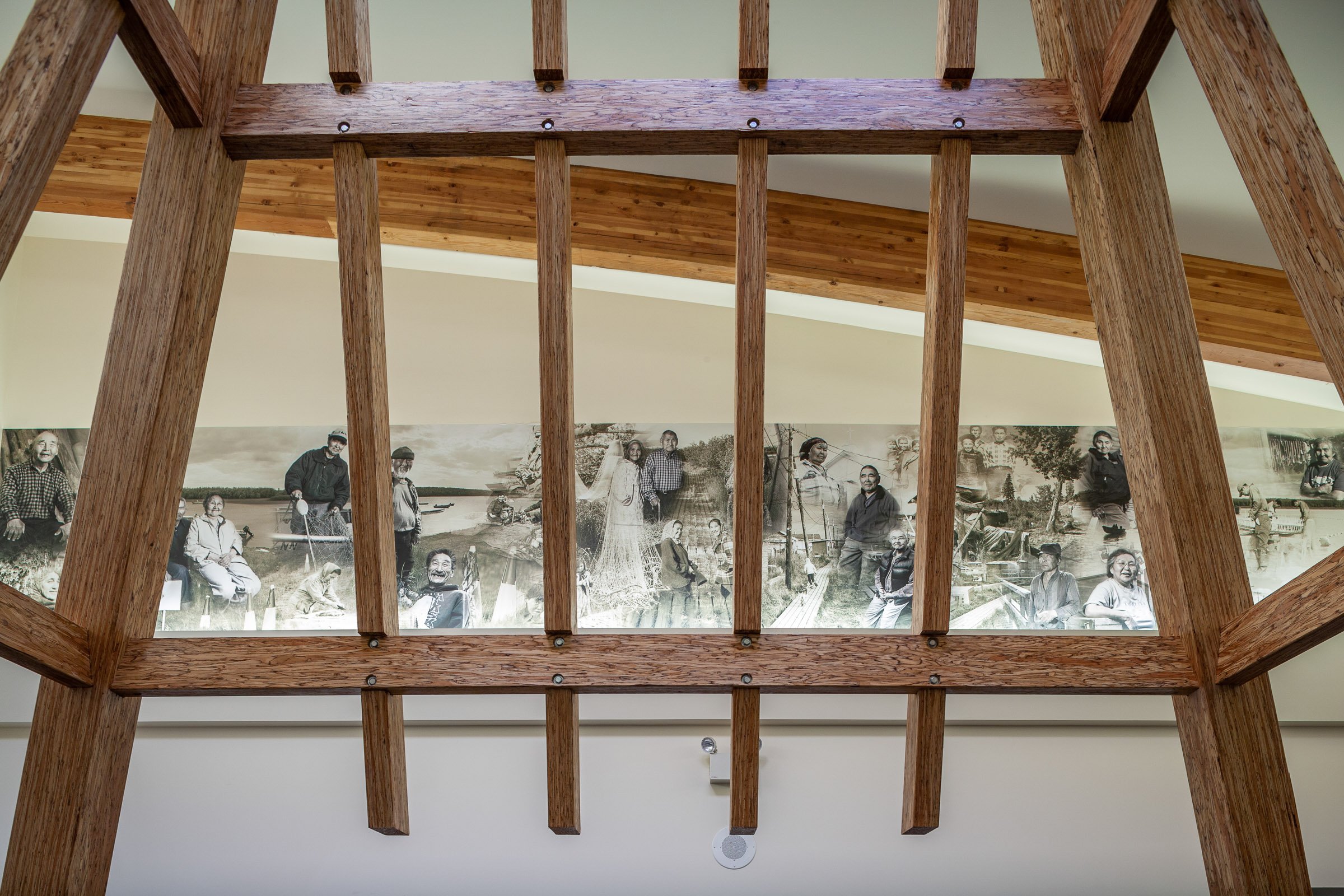Art Installations
I am a visual storyteller. My goal is to tell a story about a place and its people; blending cultural, historical and natural imagery to create a singular piece of art. The process starts by asking the question what does it want to be; researching the local environment, history and culture for a better understanding of what the project should be about.
I gather input from the local community, usually via the Art Committee, as to what is important to them. Together we come up with a community specific solution. Once we have the subject matter established I start collecting the photographic imagery. This can come from historical archives, private collections, stock photography, or be photographs I take myself.
Mural projects start out as giant jig saw puzzles, one in which each of the pieces has yet to be discovered, it’s place and size determined, and then put into it’s proper place. I like to play with the sense of scale, expanding the visual point of reference between my subjects. Examples of this might be showing an oversized Caribou peaking out from behind a mountain ridge, or a group of miniature dancers being held in an Elders hand. Building up multiple layers of detail helps create visually complex imagery. These techniques cause the viewer to become involved with the artwork so that he or she discovers something new each and every time they look at it.
A critical part of the process is analyzing the space where the artwork will be placed to make sure the project speaks the same visual language as the building. This gives the space its own unique personality. The photographic medium can be applied to architectural spaces in a variety of ways; printed on Plexiglas, applied directly to windows, printed on fabric panels or on metal sheeting or applied directly to the walls. Each of these methods can be constructed so that they require a minimum of maintenance and are durable and safe in a public space.
Integrating images of people into the architecture has a profound impact on the way we as humans react to a space; It becomes more inviting, more personal and much less institutional. Teachers in rural schools often tell me that the students become calmer and more respectful of the building after one of my projects is installed.
Since starting in 2006 I have done installations for 17 Alaskan village schools; Akiak, Akiachak, Tuluksak, Kalskag, Noatak, Deering, Shungnak, Kobuk, Kotzebue, Kivalina, Anaktuvuk Pass, Ruby, Mountain Village, Nulato, Emmonak, Alukanuk, Allakaket, and Huslia, as well as murals for fire stations # 3 and # 4 in Anchorage, the Machentanz Elementary School in Palmer, the Joe Redington Sr. Jr/Sr High School, Dena’ina Elementary School and the Mat-Su Career and Technical Center High School in Wasilla, Ryan Middle School in Fairbanks, the Harry J. MacDonald Center in Eagle River, the Eureka Space office in Anchorage, and murals and interior artwork for the Top of the World Hotel in Barrow and the Imaging Centers medical buildings in Anchorage, Palmer and Eagle River.














































































